
Wild Carrot Identification
Wild Parsnip Carrot family, that consists of flat-topped clusters of yellow flowers which open in May to June in central Illinois. The plant is easily identified by its flower structure and leaves that are compound, hairless, and singly pinnate, unlike many other members of this family that have doubly pinnate compound leaves.
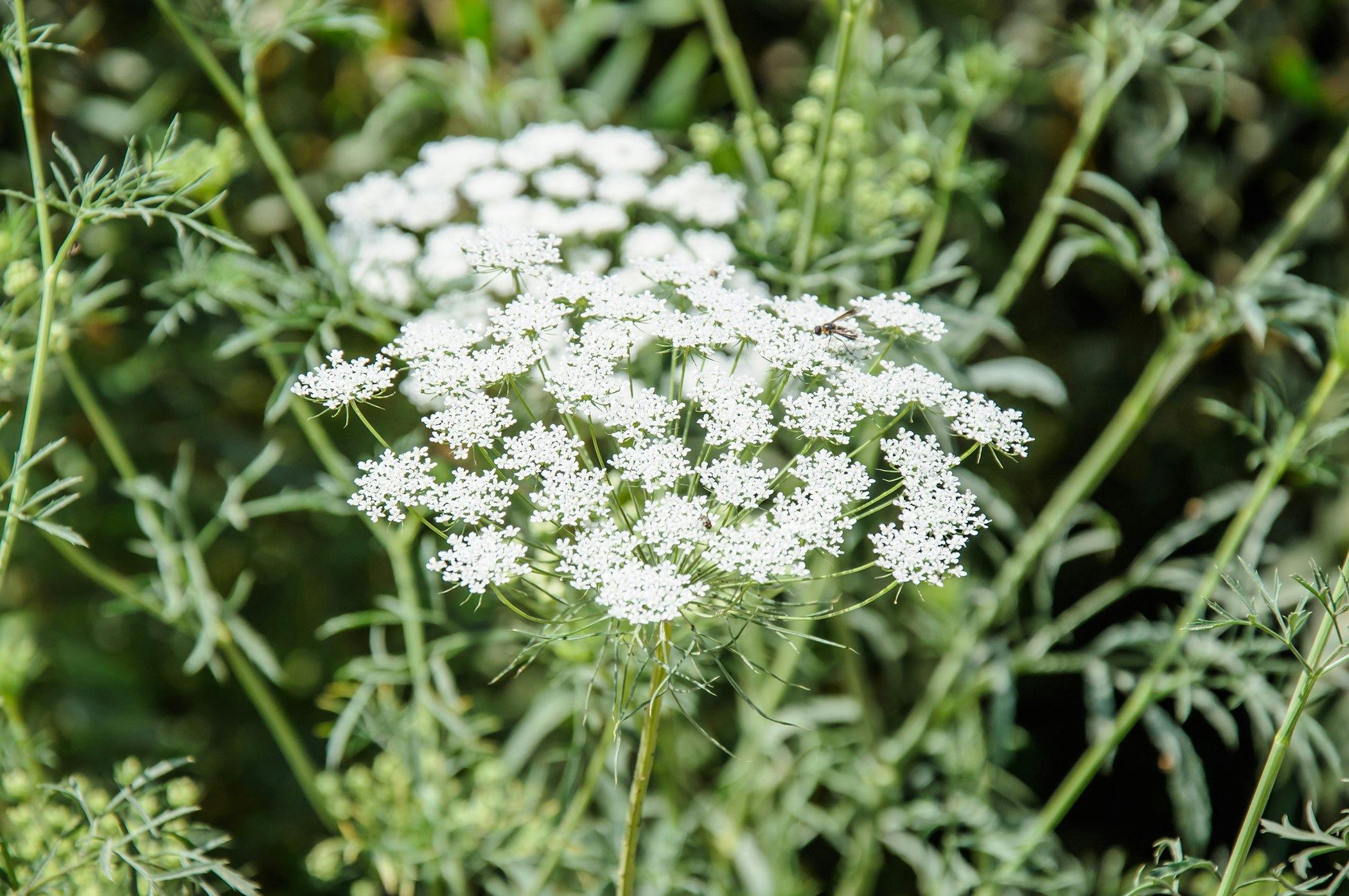
Wild Carrot Poisoning in Cats Symptoms, Causes, Diagnosis, Treatment, Recovery, Management, Cost
The leaves drop, but the bark is still poisonous. Ivy. Young plants have reddish leaves. Mature plants have green leaves, but the new leaves are red. Small clusters of green buds. Small greenish.
Springfield Plateau Lethal Carrot
The fern-like leaves of Poison Hemlook look very much like carrot tops. The stem of Poison Hemlock has red spots (bertrant.bui, CC BY-SA 2.0 FR, via Wikimedia Commons) 2. Queen Anne's Lace (Daucus carota) Also known as "wild carrot", this plant is the wild ancestor of the cultivated variety. The feathery leaves of Queen Anne's Lace are.

wild carrot poison hemlock Wild food foraging, Edible wild plants, Queen annes lace
Here's the story. I turn red when I get a sunburn, but I learned today that carrots turn green…and remain mostly edible! Yep, this is called "sunburning" and happens, obviously enough, when the root is exposed to the sun and develops chlorophyll. This isn't a serious issue, and UN agriculture guidelines even allow for some green tops.
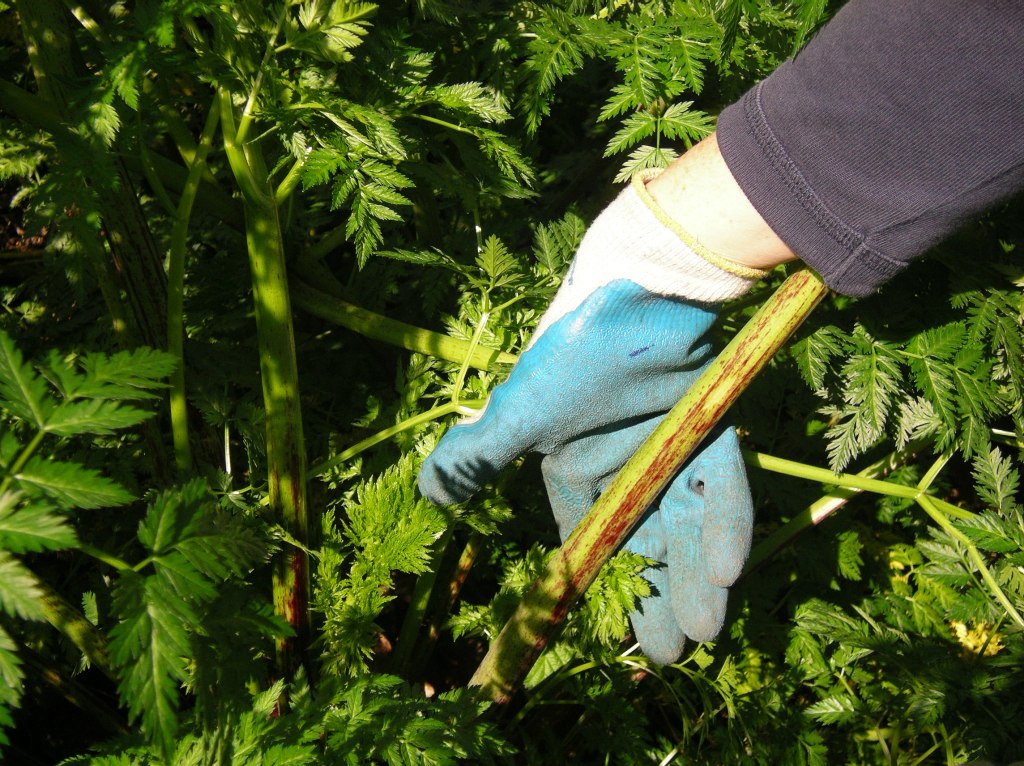
Wild Carrots or Poison Hemlock
Poison hemlock and Queen Anne's lace, also known as wild carrot,. The leaves of poison hemlock are a glossy dark green, hairless, alternate, mostly triangular, and deeply divided. The leaves on the upper part of the stem are not as large as the basal leaves at the bottom. The leaves of Queen Anne's lace are gray-green in color, 3-lobed.
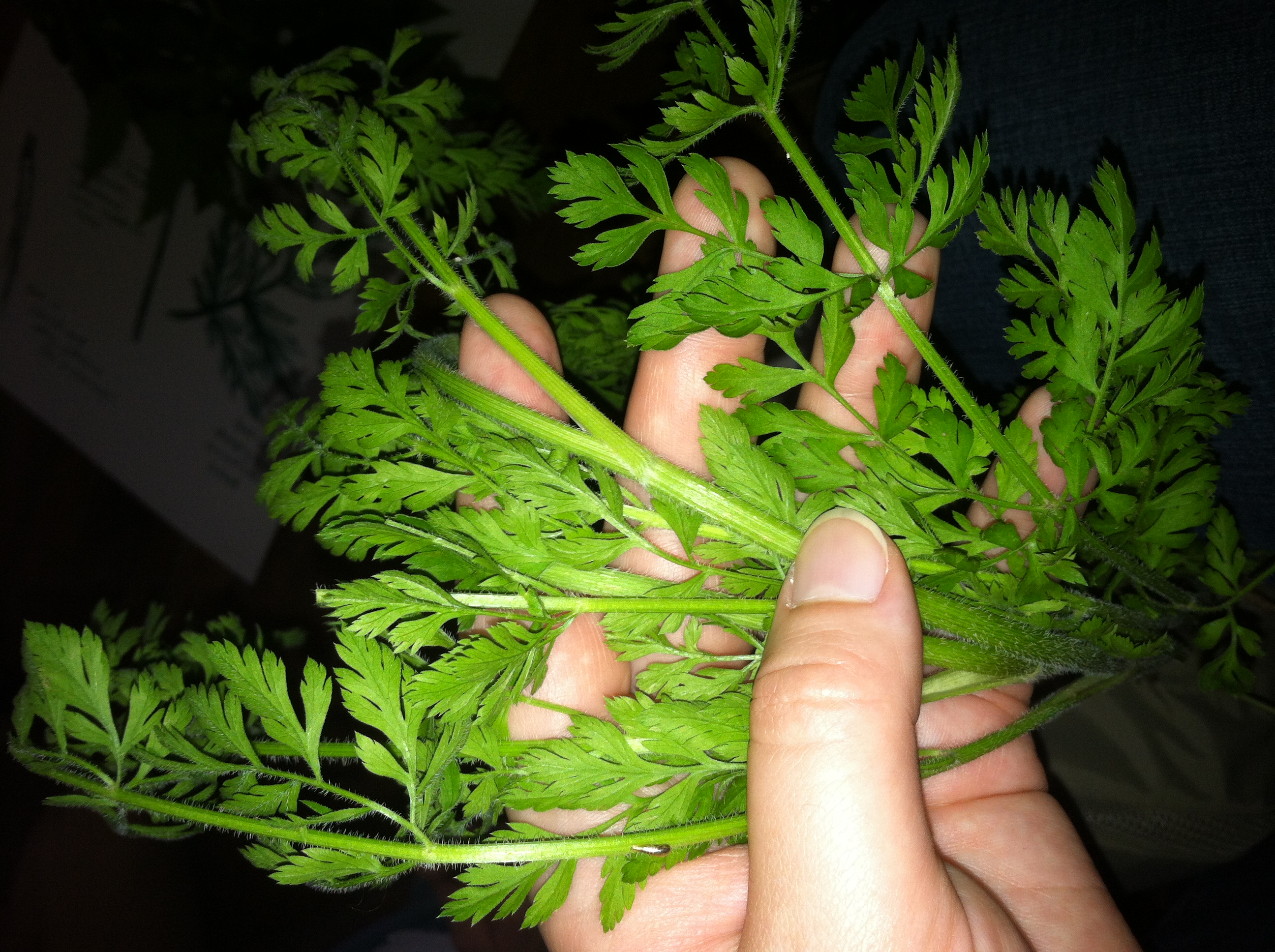
Poisonous Plants Into the Woods
The idea that carrot leaves are poisonous likely stems from confusion with other plants that belong to the same family, such as hemlock and poison ivy. These plants do contain toxic compounds, but carrot leaves do not. In fact, carrot leaves are a rich source of nutrients like vitamins A and K, and can be used in salads, smoothies, and other.
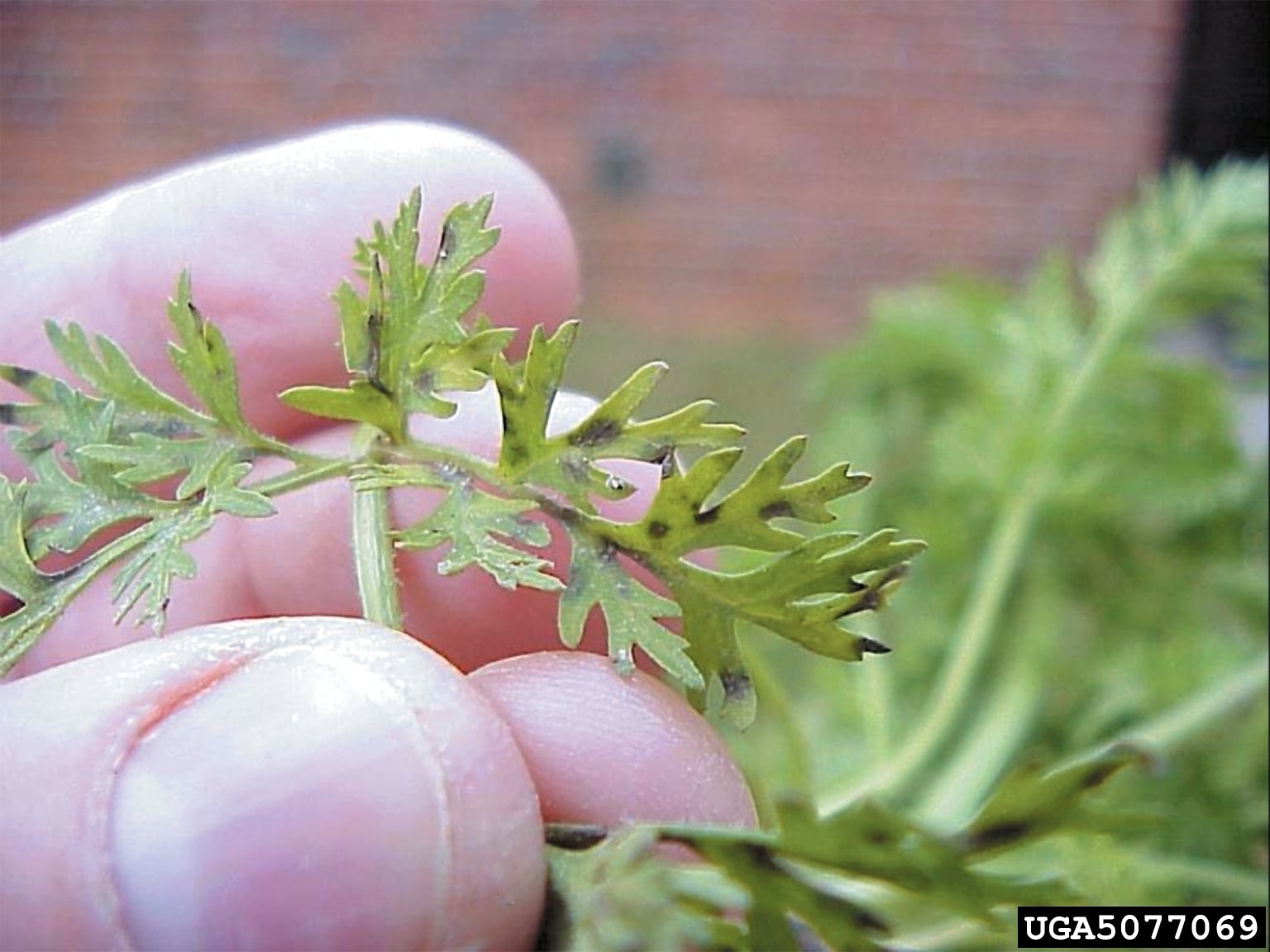
What Is Carrot Leaf Spot Learn About Cercospora Leaf Spot Of Carrot Plants
Carrot greens and tops are not poisonous, and they are most certainly edible. Carrot greens do contain alkaloids, but so does nearly every leafy green vegetable. Alkaloids are chemical compounds that serve as the plant's defense mechanism against pathogens.
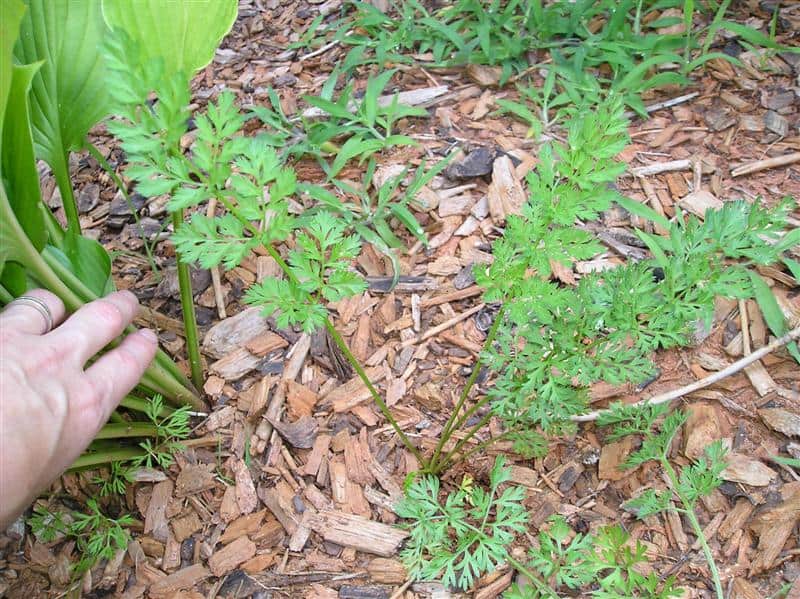
Wild Carrots, Queen Anne's Lace, And Deadly Hemlock • New Life On A Homestead
Start by removing the leaves from the stem of the carrot. Place in a cold bowl of water to remove as much dirt as possible. Give them a good swirl in the water to ensure the water gets into all the folds of the leaves. Dry in a salad spinner, or by blotting with a clean tea towel. I use this salad spinner.

Toxic Carrots? Harvesting Carrots YouTube
The entire plant is poisonous if ingested. Water hemlock ( Conium maculata) is considered by many to be the most poisonous plant in the northern temperate zone. Only a small amount of the toxic substance in the plant is needed to produce poisoning in animals or in humans.

Are Carrot Tops Poisonous? Here's What Science Says Carrot top, Carrots, Herbs
Fill a medium sized sauté pan with water and set the heat to a moderate level. Add the greens to the pan. Allow them to blanch and steam till they turn bright green and reduce in volume. Drain the excess water with a strainer. Add about two tablespoons of olive oil along with a dash of salt and pepper to the saute pan.
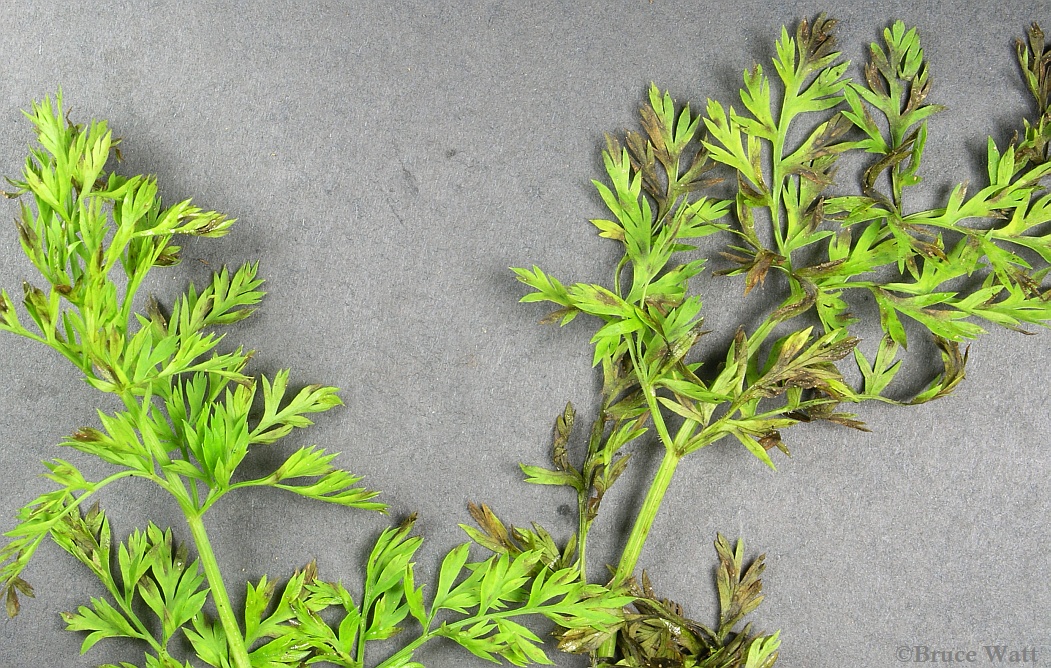
Carrot Leaf Blight Cooperative Extension Insect Pests, Ticks and Plant Diseases
Poison hemlock ( Conium maculatum) is a highly toxic plant that's a member of the carrot family. It's commonly mistaken for wild carrot, wild parsnip or wild parsley. This can lead you to accidentally eat it (ingestion). Every part of the hemlock plant is poisonous, including the seeds, root, stem, leaves and fruit. It can be fatal if ingested.

Wild Carrot Missouri Poison Center
Many gardeners believe that carrot tops (carrot leaves) are poisonous. After all, don't we usually cut them off and toss them into the compost pile when we harvest carrots? In fact, though, not only aren't they poisonous, they're even edible. and quite tasty! Plus they're rich in minerals and vitamins, notably in vitamin A, like the.

tips on Toxic Carrots in Home Grown at Farmers Market Online
Laura E. July 16, 2009 · 12:04 pm. In Patricia Wells' award winning cookbook "Patricia Wells; At Home in Provence" there is a salad recipe (p.53, The True Salad Fan's Salad) that is composed of young carrot, radish, turnip, celery, fennel and beet tops. The carrot greens are prominently listed first, with no disclaimers.

VHeracleum Sosnowskyi Hogweed Giant Carrot Carrot Family Apiaceae Toxic Dangerous Poison Plant
There is a persistent belief that the alkaloids in carrot tops make them slightly dangerous for consumption, but this isn't really true, as alkaloids are a substance found throughout nearly every leafy green vegetable. The Toxic Salad at The New York Times - This article from 2009 was responsible for some confusion about carrot tops.

Carrot leaf spot (135)
Because carrots are a root vegetable, meaning they grow in the ground (re: dirt), the leaves and stems are usually dirty and could use a good wash before eating ( check out our guide to storing carrots and carrot stems! ). First cut carrot greens from the carrot root, then cut the stiff stems right under where the greens start to grow.
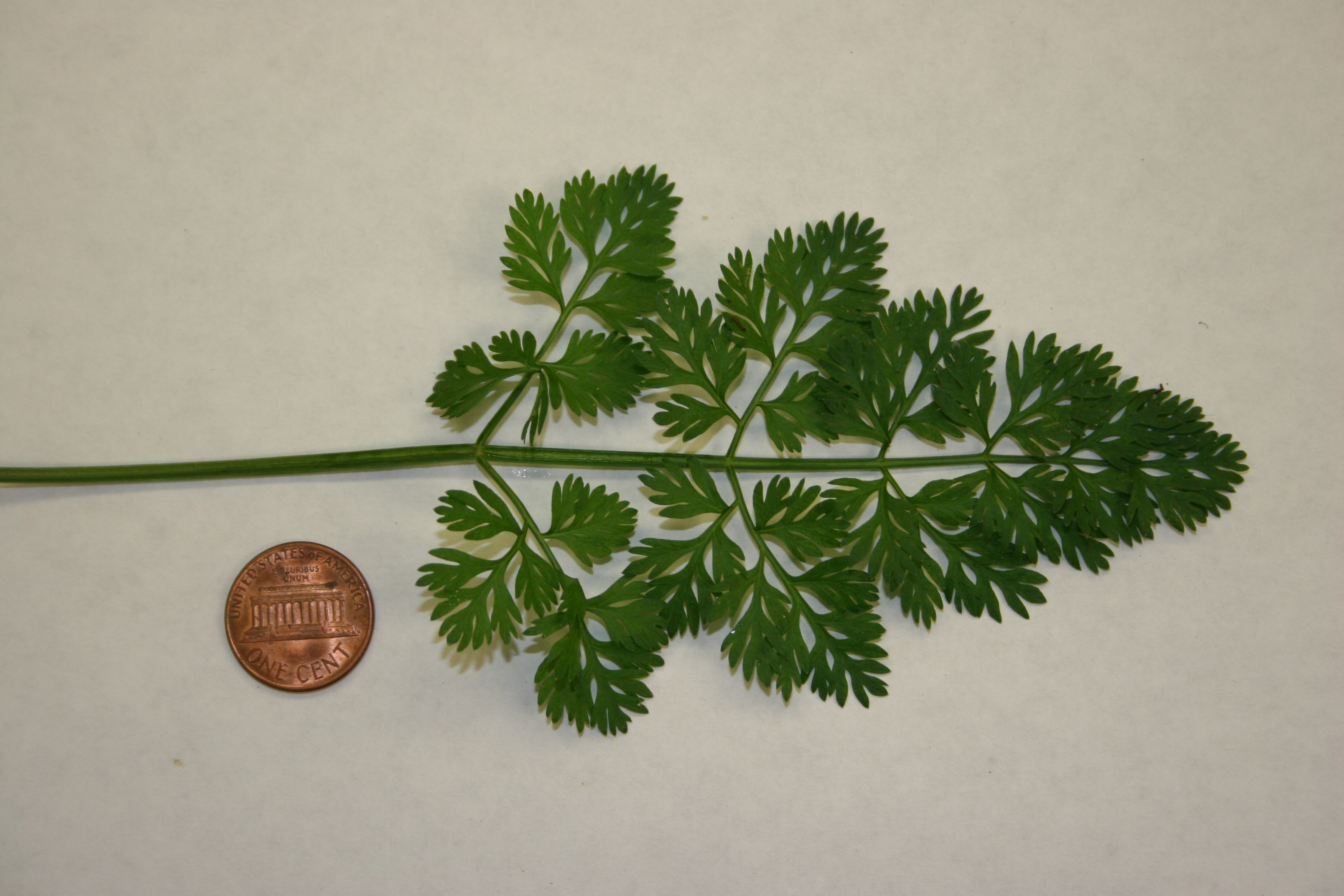
Wild carrot (Queen Anne’s lace) Daucus carota Plant & Pest Diagnostics
Poison-hemlock leaves are often shiny compared with carrot leaves. Poison-hemlock also gets much larger. The leafy clumps can be a couple of feet tall in the early spring and the plants grow 4 to 8 feet tall when in flower. Poison-hemlock starts to bolt in the spring and can get quite tall before flowering. And if smell is your best sense, you.